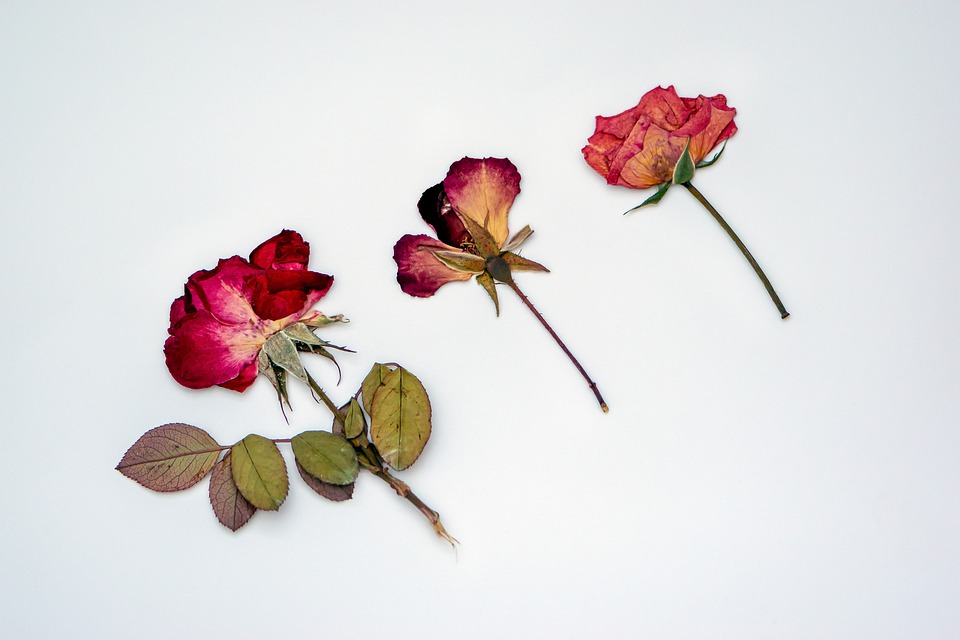A Guide to Flower Pressing

Flower pressing is a craft that has long been enjoyed by many throughout history. In ancient civilizations, flowers were a feature in artwork, burial rituals, perfume, and scenting houses. Archeologists have even unearthed pressed garlands in Ancient Egyptian tombs which were created as a sign of respect for the dead.
While it has been used for centuries, the act of pressing and arranging flowers to create art dates back to the 16th century, when pressed flowers flourished in Chinese and Japanese cultures. In this art, pressed plants either in their full picked form or small pieces of them, in order to complete an image. As trading between Asia and Europe became more common, flower pressing erupted into popularity in England and the United States because flowers were popular in decorating.
During the early 1900s, flower pressing became a popular hobby for the upper and middle classes in Victorian England. They would dry and press flowers and combine them with ribbons and slipping petals or a flower into a book became a special way to preserve a moment.
Oshibana is the Japanese word for the art of pressing flowers that arose in the 16th century.
When flower pressing became popular in the 1900s, multiple books were published to challenge hobbyists to create more complicated arrangements.
Preserving flowers is a great way to retain the beauty of these plants during seasons where the plants were inaccessible or in areas where the flowers didn't freely grow. However, now fresh flowers are more accessible now than they were in the past, so it's not as important to preserve flowers. That doesn't mean artists aren't still continuing to make beautiful pieces of art out of pressed flowers! The best part about this craft is how easy it is to do! You don't need too many supplies in order to press flowers for yourself or your loved ones. The only materials you'll need are flowers, absorbent paper of some sort, and books. The flowers can be any kind you please, you could even press a plant that isn't a flower!
Wood flower presses are classic options to use instead of books. They've been used to press flowers since Victorian times.
Place your flower or plant onto absorbent paper or parchment paper, this will absorb the water from the plant to completely dry it out and then stick it inside a thick book, so there's some extra pressure and weight for a guaranteed press. Books aren't the only method of pressing books, Victorians used a wooden press with blotter sheets inside to press their plants.
Both books and the wooden press will take a while to completely dry out your flowers, so if you're looking for a faster way to get a similar effect you could use an iron or a microwave. For an iron, use a low setting with no water and press it on top of the absorbent paper for 10-15 seconds then stop and let it cool and repeat the process until the flowers are completely dried. For a microwave, place the flowers face down on paper and sandwich them between cardboard and ceramic tiles or in a book then set your microwave to 60 seconds and then pull it out to let them cool once more. Similar to the iron method, continue this until your flowers are dry then use the book pressing method for 2 days to finish the job.
Small and paper-thin flowers work best for pressed flower artwork.
Ready-made microwave presses are available instead of using ceramic tiles or books in the microwave.
There are endless ways to enjoy beautifully pressed flowers. You could save them in a journal as a reference for the future, so you always have a reference of different flowers and plants if you're interested in the science of plants. If you're more of an artist, there are a variety of different things you could do with your newly pressed plants to show off their beauty such as using epoxy resin or wooden slices to make a coaster, making your own flower jewelry, adding the petals to homemade papers for one of a kind greeting cards or gift tags, or place the pressed flowers in a frame to make artwork that can forever be admired on your wall. The possibilities are endless!
Due to the COVID-19 pandemic, pressing flowers has become a popular hobby once again.
Sending pressed flower artwork to loved ones that are far away is a great way to show you care.
Make your own paper and add pressed flowers and petals to it to add a little bit of extra character to a birthday card or letter.
Use a tweezer to arrange and remove materials to create a stunning composition.
This article was created by Chad Kremp



